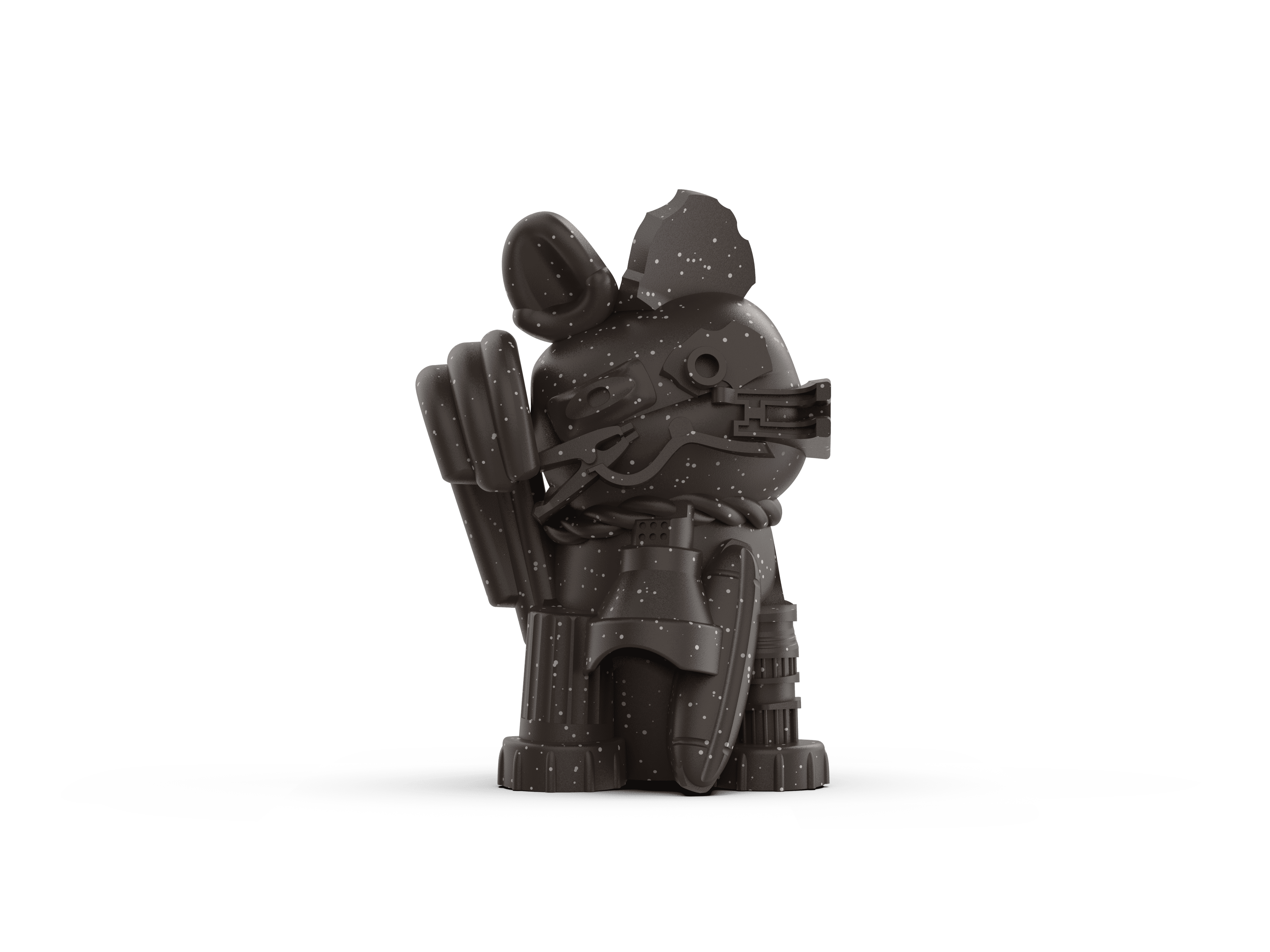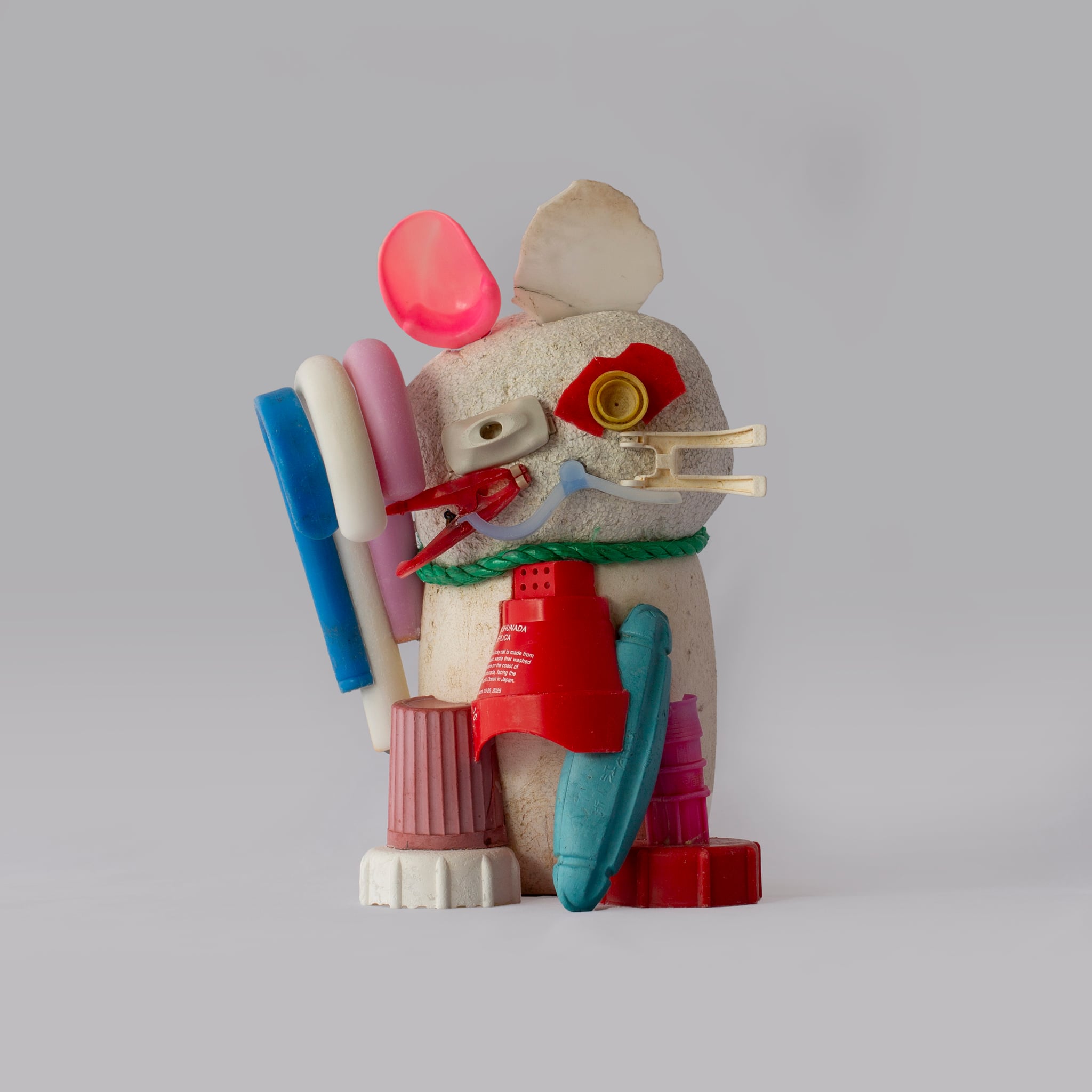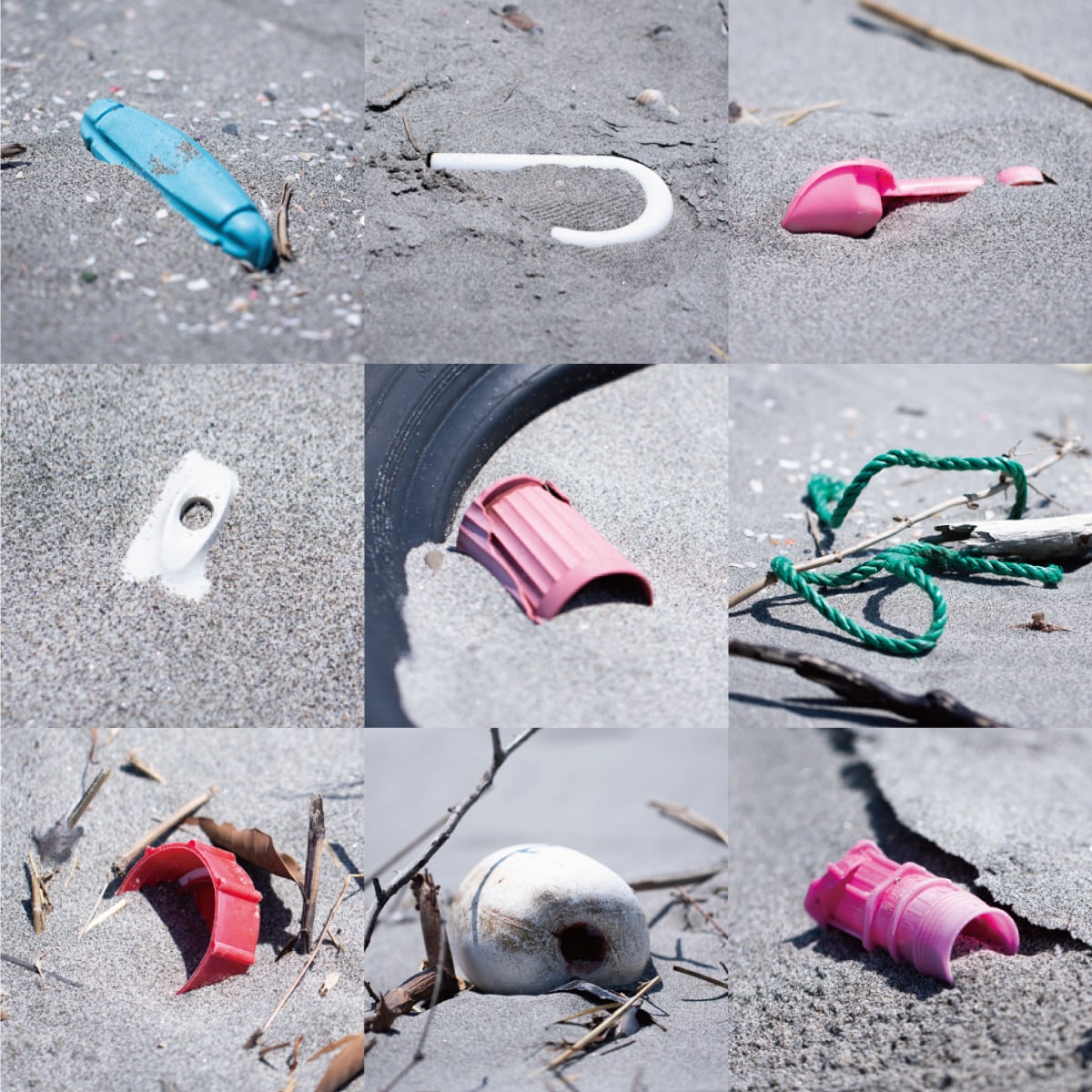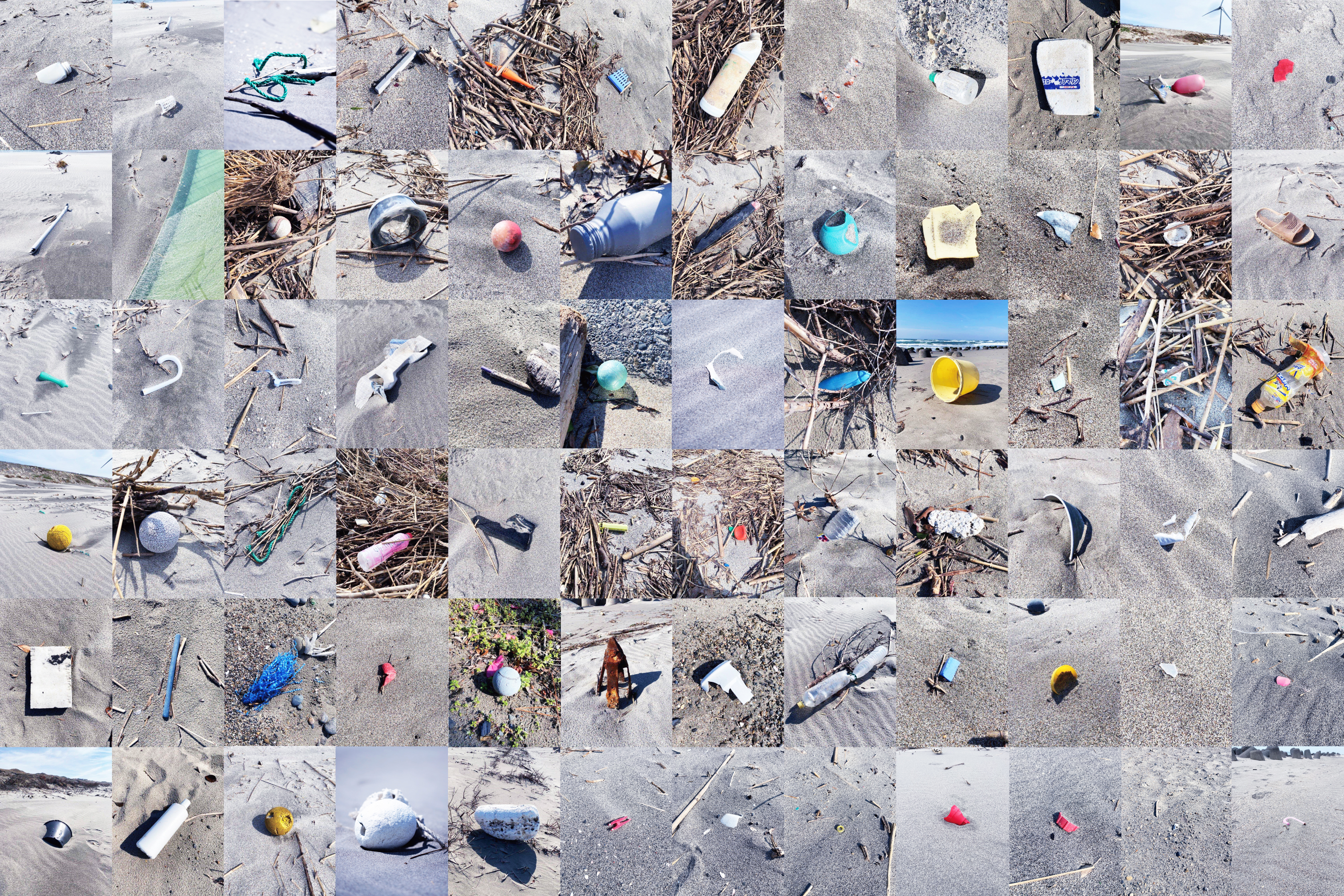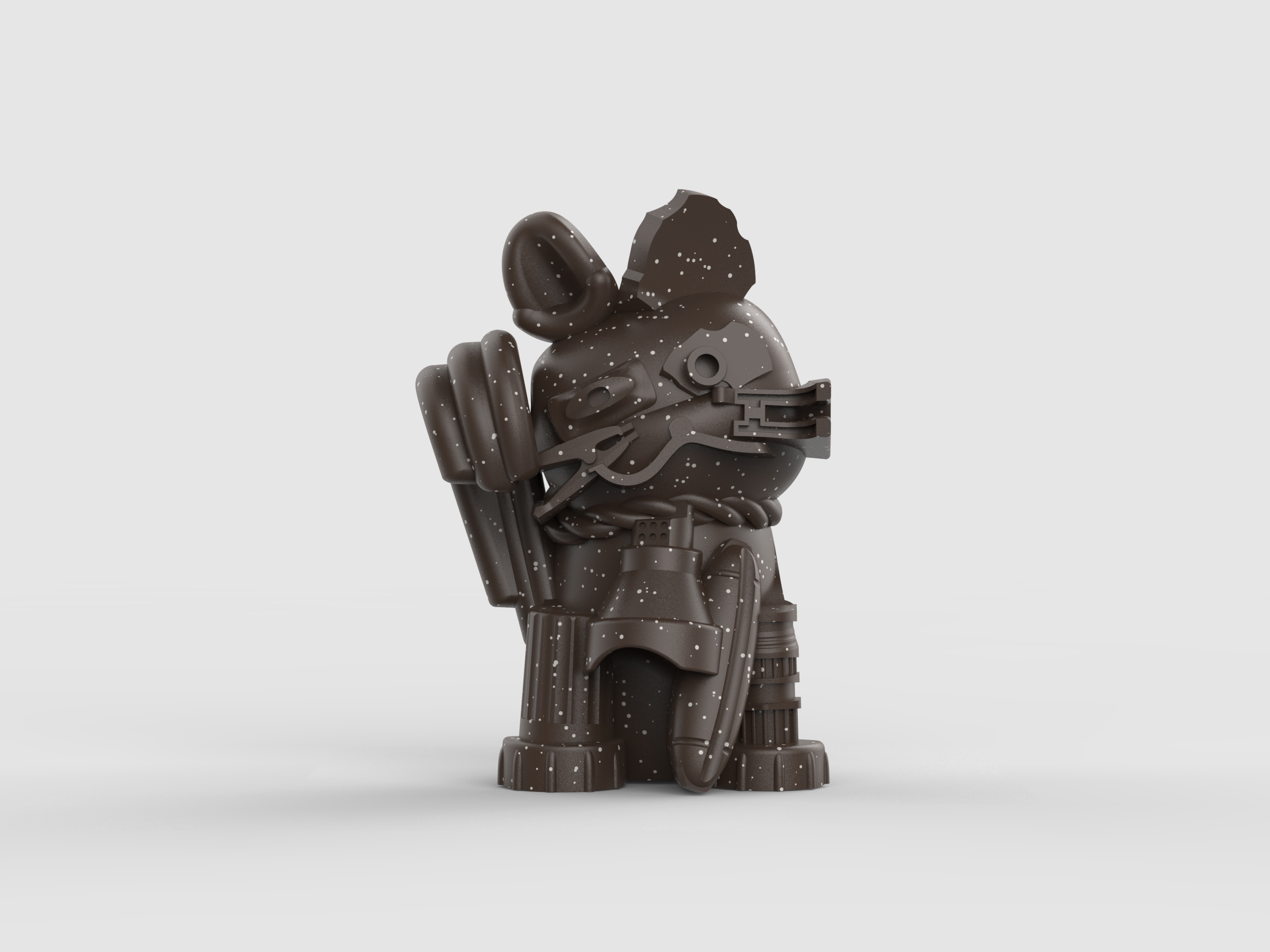When we were first told that the material for this project would be "ocean plastic," we realized that although we knew the term, we had no idea what ocean plastic was concretely like. We didn't know its shape, weight, texture, or smell, nor how much of it truly exists. In other words, we had no tangible sense of it.
We felt that this points to one of the problems with sustainable materials. They are collected, processed, and distributed in places far removed from consumers' lives. This relationship is fragmented and lacks a sense of reality. What is crucial is to have a direct, tangible feeling that the material known as ocean plastic is connected to one's own life. And that tangible feeling can only be found at the actual sea.
For this project, we re-envisioned the maneki-neko as a "motif for gaining a tangible sense of what ocean plastic is." We went to a familiar sea within our living area, collected the diverse plastics that had washed ashore, and used them as materials to create a maneki-neko. Every part of the completed 300mm-tall maneki-neko is made from the plastic materials that we happened to find.
We then digitized this original piece and scaled it down for distribution as a gachapon (capsule toy). These gachapon maneki-neko can be described as "Replicas" of the actual washed-up plastic waste that exists in our world and that we experienced firsthand.
By using the mass-production method of gachapon, we are diffusing our tangible sense of ocean plastic to a wider audience. And for those who receive it, this can become a trigger for them to become conscious of their own lack of a tangible feeling toward sustainable materials.
